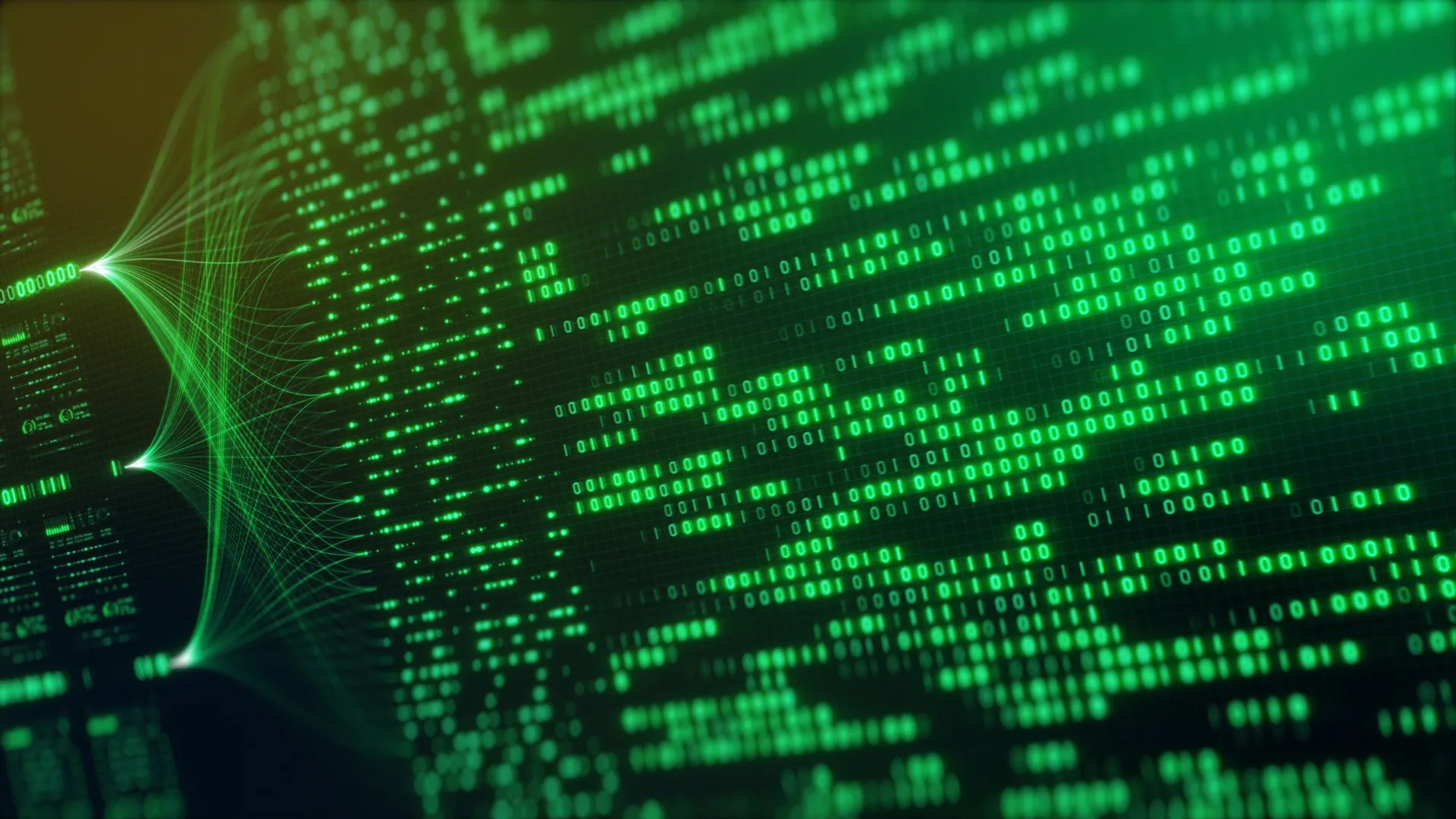New research from the University of British Columbia Okanagan has mathematically demonstrated that the universe cannot be a simulation. Using Gödel’s incompleteness theorem, physicists assert that the fundamental nature of reality requires a type of understanding that transcends algorithmic computation. This groundbreaking finding challenges the long-held simulation hypothesis, suggesting that the universe’s essence lies beyond the capabilities of any computational system.
The simulation hypothesis, popularized in various forms of media, posits that we could be living in a complex computer-generated environment. However, a team led by Dr. Mir Faizal, an Adjunct Professor at UBC Okanagan, alongside collaborators Dr. Lawrence M. Krauss, Arshid Shabir, and Francesco Marino, has shown that this concept is not just implausible, but mathematically impossible. Their study, recently published in the Journal of Holography Applications in Physics, reveals that the underlying fabric of reality operates in a manner that no computer could ever replicate.
Challenging the Simulation Hypothesis
Dr. Faizal explains that the simulation hypothesis raises intriguing possibilities, suggesting that if a simulated universe could create life, that life might then develop its own simulations. He notes, “This recursive possibility makes it seem highly unlikely that our universe is the original one.” Despite the philosophical allure of such ideas, the research indicates that they can be addressed through scientific inquiry.
The research highlights a shift in our understanding of reality. Traditional views, rooted in the work of Isaac Newton, have evolved. Einstein’s theory of relativity and advancements in quantum mechanics have led to the notion that even space and time are not fundamental, but arise from a deeper layer of pure information.
The Role of Non-Algorithmic Understanding
This informational layer is referred to by physicists as a “Platonic realm,” which is a mathematical foundation deemed more fundamental than the physical world we perceive. The researchers established that, even within this information-based structure, reality cannot be fully described through computation alone. Utilizing advanced mathematical principles, including Gödel’s theorem, they demonstrated that a consistent and complete model of existence necessitates what they term “non-algorithmic understanding.”
Dr. Faizal elaborates, “We have demonstrated that it is impossible to describe all aspects of physical reality using a computational theory of quantum gravity.” He emphasizes that no comprehensive theory of everything can emerge from computation alone. Instead, it requires a deeper understanding that surpasses the computational laws of quantum gravity and is thus more fundamental than spacetime itself.
The constraints of computation are illustrated through Gödelian truths, which represent statements that cannot be proven within a given logical system. For instance, the statement “This true statement is not provable” highlights the limitations of computational proof. If proved, it would be false; if unprovable, it must be true, indicating that any logical system attempting to validate it is incomplete.
Dr. Lawrence M. Krauss underscores the significance of these findings for the foundations of physics. He states, “The fundamental laws of physics cannot be contained within space and time, because they generate them.” The hope for a complete theory of everything that describes all physical phenomena through computation is diminished by the evidence presented in this research.
The researchers assert that the mathematical theorems related to incompleteness and indefinability lead to the conclusion that a fully consistent and complete description of reality cannot be achieved through computation alone. According to Dr. Faizal, since the fundamental level of reality is based on non-algorithmic understanding, it affirms that the universe cannot, and will never be, a simulation.
In conclusion, this research challenges the previously untestable simulation hypothesis, anchoring it firmly in mathematical and physical theory. It offers a definitive response to one of science’s most captivating questions, illuminating the complex relationship between reality and computation.
